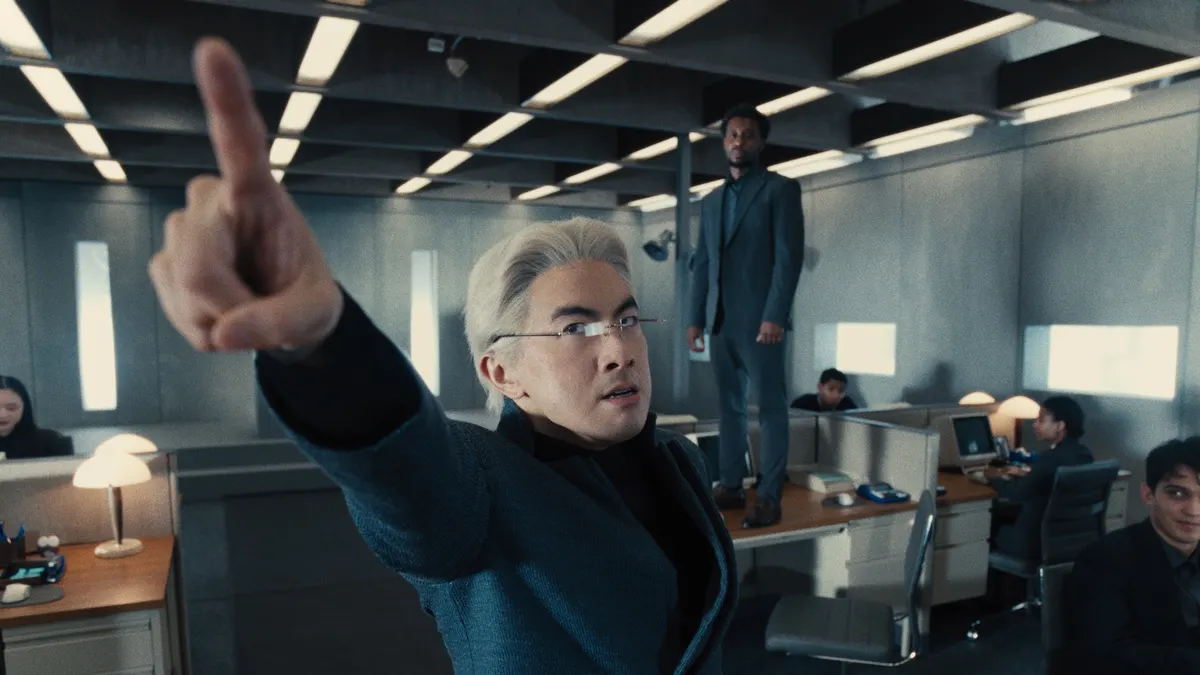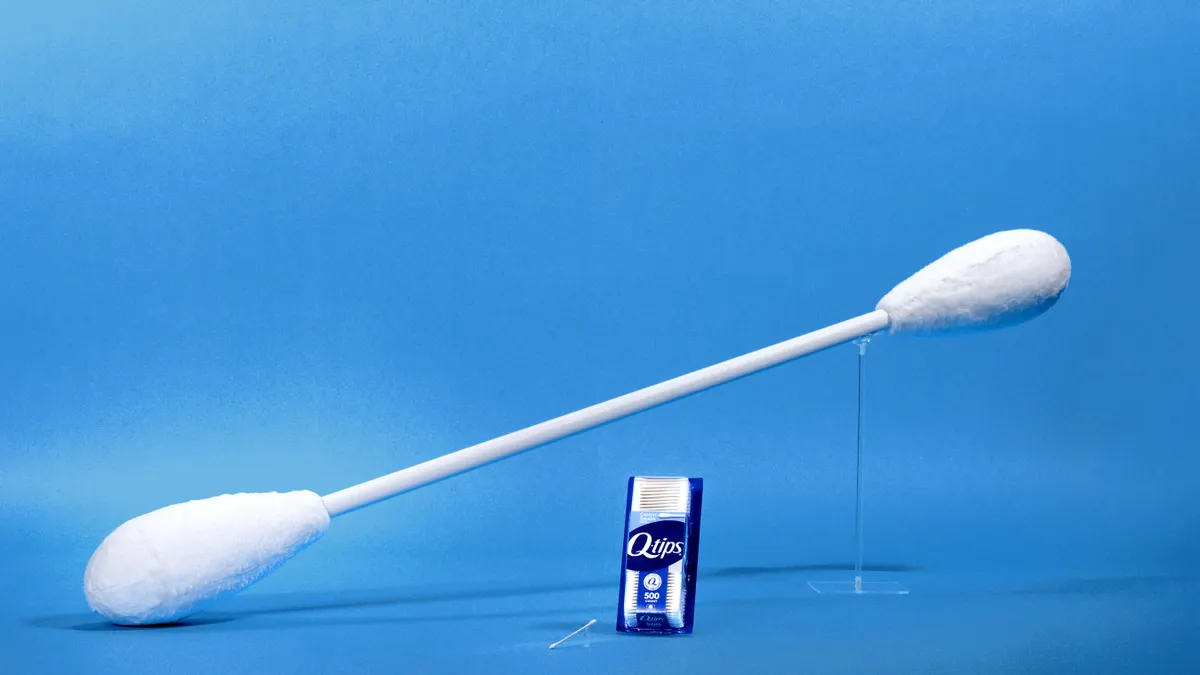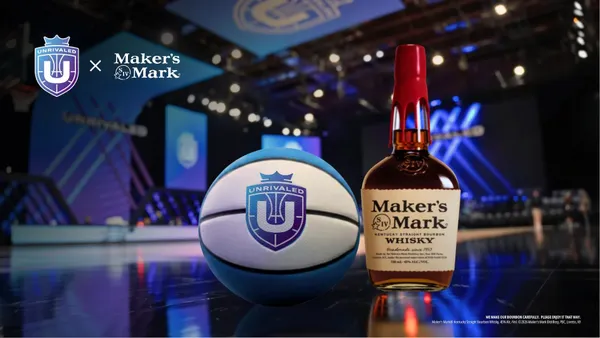Even as the pandemic continues to upend daily life, there is hope that stabilization and normalization could be on the horizon, offering with it a chance for marketers to prepare their brands for a post-pandemic reality.
Last week, M&M's, Anheuser-Busch and Coca-Cola all unveiled brand refreshes that look ahead to the new year and beyond. And while each utilized different tactics and highlighted different marketer priorities, a trio of moves by major advertisers of iconic brands could foreshadow other marketers making similar moves in the months ahead.
Brand makeovers have taken on new importance during the last two years as marketers worked to make their brands better fits for a landscape repeatedly altered by the pandemic with a renewed push for social justice and the changing consumer behaviors caused by both. But while earlier refreshes could have been the result of brands scrambling to manage major pandemic-spurred shifts, the new looks debuting in early 2022 could be seen as more intentional actions by brands, even as they still grapple with issues like disruptions to supply chains.
"They've gotten their feet under themselves a bit and are looking forward," said Karthik Easwar, associate teaching professor at Georgetown University's McDonough School of Business. "They're not just trying to play catch up, but actually looking forward."
Despite being timed to the start of the year, as the world desperately awaits the omicron variant wave to crest, these touch ups shouldn't be seen as quick, reactive moves, however, but the result of thoughtful processes that encompass research, ideation, testing, planning and rollout as marketers look to bolster brands that have faced challenges during the pandemic.
"These might be market realignments or initiatives underway that were either planned or accelerated because of the crises," said Mario Natarelli, managing partner at strategy agency MBLM.
"You don't turn around an eagle and automatically tell people that you're forward looking."

Karthik Easwar
Associate teaching professor, Georgetown University's McDonough School of Business
All three major refreshes tackled a range brand elements, from logos and mascots to typefaces and colors. Anheuser-Busch rendered its "A&Eagle" in a gold that mirrors the color of beer and barley; Coca-Cola modernized and simplified a range of packaging; while M&M's modernized its mascots and put a greater emphasis on the ampersand in its logo. In all three cases, there was an extreme attention to clarity and simplicity, Natarelli said.
"All of them are cutting through the clutter and trying to present a very clean, clear, simple, bold face, and whether that's for shelf impact or viewer clarity, there's something there that transcends strategy," he said.
While Coca-Cola's new look seeks to make its growing product line of flavored, zero sugar and coffee-based beverages easier to find as it looks to reach new drinkers during new times of the day, the M&M's and Anheuser-Busch refreshes serve a dual purpose of tying brand ethos to visual identity, tweaking iconic imagery for new audiences and imperatives.
The Anheuser-Busch logo now features the eagle in flight and facing to the right, a change intended to showcase the company as more premium and forward-looking than before, in line with its recently launched new global purpose, "To a Future with More Cheers," that includes a sustainability initiative. Meanwhile, M&M's plan to makeover its candy mascots as a celebration of self-expression centers inclusivity.
Successful brand logos evoke in consumers' mind the brand itself, from the name, to the identity of the company, its products and value propositions, or other emotional or conceptual traits, Easwar explained. For these new logos and mascots to take root, brand touch ups must be paired with tangible efforts that reinforce and communicate brand values — from sustainability to equity and inclusion — to consumers. Simply put, the refresh can't stop at the logo.
"It doesn't happen instantaneously," he said. "You don't turn around an eagle and automatically tell people that you're forward looking."
The M&M's lesson
The M&M's rebrand has received the most attention, from both industry watchers and the online chattering classes, for how parent company Mars has looked to redesign its iconic candy mascots with an eye toward a "more dynamic, progressive world." While decisions to make the orange candy relatable to Gen Z by focusing on the character's anxiety or replacing the green M&M's high-heeled boots with sneakers to "reflect her effortless confidence" quickly became fodder for satire and memes, the balancing act that Mars is attempting — striving for inclusion while selling chocolate candies — provides lessons for other marketers.
"That brand has to resonate with younger audiences and audiences that believe these issues are essential or maybe even more important than older skewing audiences would. I'm sure there's the counterpoint and some backlash they might face, but I think that in their case, they're taking it on because of who their customers are and what they care about," said Natarelli.
For its part, M&M's use of different colors and characters already made the brand "half-pregnant" in embracing an egalitarian purpose, Natarelli said. But again, for the rebrand to be successful, it will take more than lowering the height of an M&M's high heels, Easwar said.
"If it's just one piece in a much larger effort that has some more tangible and practical and functional — maybe it's in hiring practices, maybe it's in other ways that they reach broader markets — if they're making those efforts, then it shouldn't be looked at as just lip service," he said.
Plus, any backlash M&M's receives for a perhaps clumsy connection of inclusion with its mascot makeover should not serve as an example of why brands shouldn't continue putting purpose at the center of their brands. Consumers — especially younger ones — want brands to act, but need the actions to be authentic as they work to add more intimate appeal as part of rebrands, explained Ali Fazal, vice president of marketing at creator management platform Grin.
"People are not upset about the actual movement or the message. They just want it to feel like it's true to the brand," he said. "In order to do that as a brand, you have to make it a part of how you operate — not just a campaign."





















